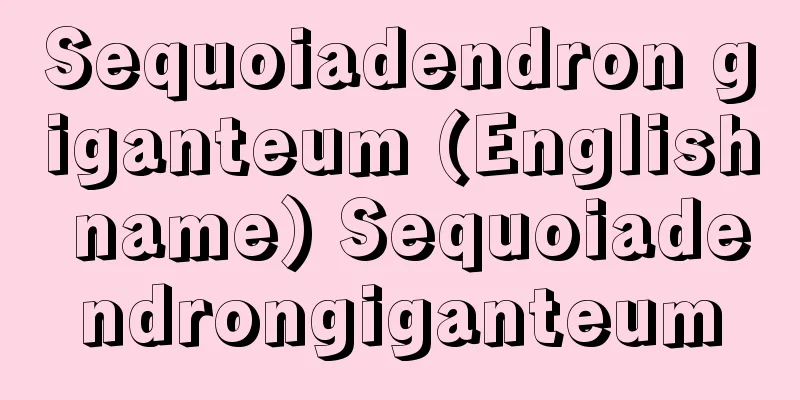Coober Pedy

|
A town located in the central part of South Australia, Australia, halfway between Adelaide and Alice Springs. Population 1903 (1976). One of the country's leading opal producing areas, it was discovered in 1916. Since the 1960s, the population has increased rapidly. Not only the houses but also the post office and church are built underground, which is said to be a response to the harsh desert conditions such as high temperatures. The city name comes from an aboriginal word meaning "white man's hole." [Tatsuya Taniuchi] Source: Heibonsha World Encyclopedia, 2nd Edition Information |
|
オーストラリア,サウス・オーストラリア州中央部,アデレードとアリス・スプリングズとの中間にある町。人口1903(1976)。同国屈指のオパール産地で,その発見は1916年にさかのぼる。60年代以降人口が急増。住居のみならず郵便局や教会も地下につくられているが,これは高温など厳しい砂漠的自然条件への対応のためといわれる。市名は〈白人の穴〉を意味する原住民語に由来する。【谷内 達】
出典 株式会社平凡社世界大百科事典 第2版について 情報 |
<<: Yanka Kupala (English spelling)
>>: Kebatinan (English spelling)
Recommend
Oracle
American software manufacturer founded in 1977. Kn...
piolet
…A type of mountaineering equipment used for bala...
Tuesday Club - Tuesday Club
...A fierce conflict arose between the former (Sh...
Manutius, P. (English spelling) ManutiusP
…Italian humanist and publisher. His Italian name...
Italian Commercial Bank - Italian Commercial Bank
…Official name: Italian RepublicRepubblica Italia...
Clastic cone
Also called Homate. A type of volcano. A volcano m...
basic oxygen furnace
…In Europe and Japan, it is called LD converter, ...
Umbonium (Suchium) koynense (English spelling) Umbonium koynense
…[Tadashige Nabe]. . … *Some of the terminology t...
Nanryo Nishugin
Coin from the Edo period. Originally, "Nanryo...
Photo
〘 noun 〙① To make offerings to portraits of gods, ...
Corinthian order
…They placed special importance on columns among ...
Onchocerciasis - Onchocerciasis
This is an endemic disease caused by a nematode c...
Nikolai Andreevich Rimskii-Korsakov
1844‐1908 Russian composer. He was a member of the...
Ushinohitai - Cow's forehead
…It grows in clusters around waterside areas and ...
Cow Clock - Ushidokei
… The semantic unit of time in folk societies is ...









